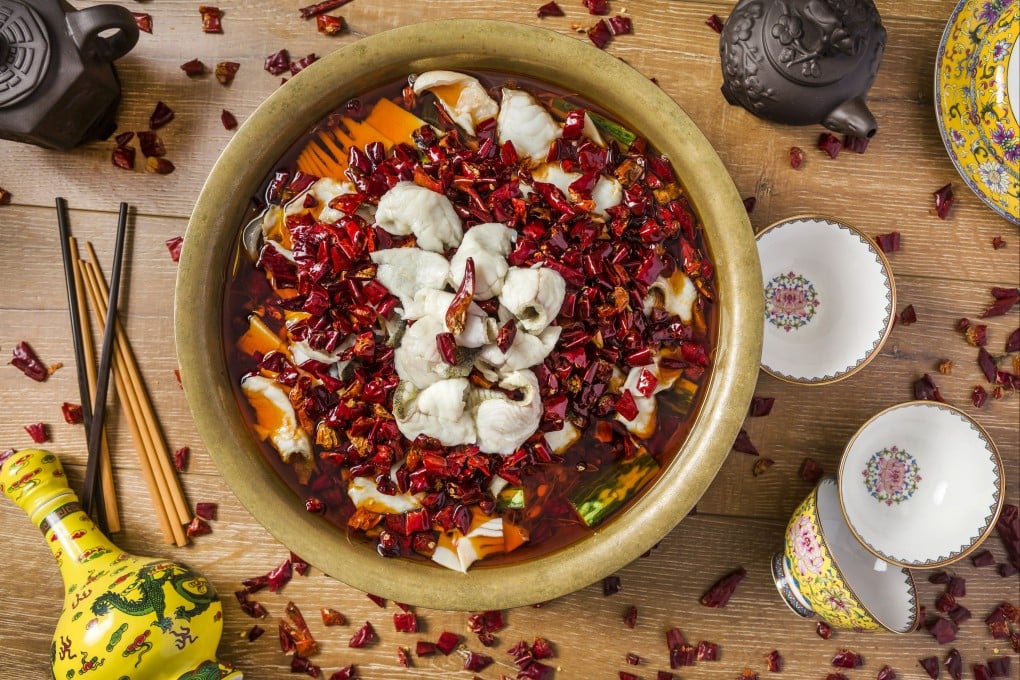Advertisement
The history of Sichuan cuisine, why we love ‘the burn’ and its mouth-numbing feel, its therapeutic effects and where to eat it in Hong Kong
- Sichuan cuisine, one of the ‘four great traditions of Chinese food’, developed to counter the humid climate of the region in southwest China
- The cuisine gets its spicy, numbing ‘mala’ effect from chillis and the Sichuan pepper, and is more popular than ever in Hong Kong. We tell you where to try some
Reading Time:4 minutes
Why you can trust SCMP
2

Sichuan food has been having a moment in Hong Kong and on Instagram feeds for a quite while now, and it comes as no surprise.
The regional Chinese cuisine is famed for the tingly, numbing sensation it delivers to the tongue. Is it that alone which makes Sichuan food such an addictive cult favourite, or is there more to it?
Also known as chuan cai, Sichuan cuisine is one of the “four great traditions of Chinese food”, along with lu cai from Shandong province, Huaiyang cai from Jiangsu province, and yue cai – Cantonese cuisine.
A region’s food is an expression of its history and culture, and to understand the success of Sichuan food one must first look at how it came to be.

Sichuan province, in southwestern China, has a dramatic topography, including a large river basin and several mountain ranges. These features produce a range of climatic conditions, which in turn lead to agricultural diversity.
Nicknamed “land of abundance”, the region is blessed with distinct and versatile ingredients, such as the famous Sichuan peppercorn (huajiao), one of the most commonly used spices in Sichuan cuisine.
Advertisement